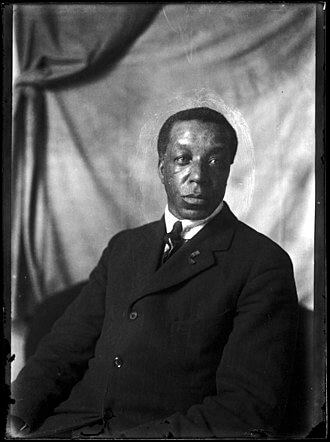In the early 1900s, Billy Beal, a Black sawmill worker who ventured to Manitoba’s Swan River Valley, broke barriers in an unexpected field: photography. Not just any photographer, Beal documented the transformative era of Manitoba’s forestry sector and the vibrant life of settlers with his camera. His remarkable journey from immigrant sawmill worker to a celebrated chronicler offers a unique lens into the past, making history accessible and relatable. Today, Beal’s legacy not only enriches Manitoba’s cultural tapestry but also serves as an inspiration for individuals from diverse backgrounds to explore careers in forestry and beyond.
Key Takeaways
Billy Beal, a black photographer in Manitoba, serves as an inspiring example of overcoming barriers and contributing significantly to society despite facing racial and immigration challenges.
His journey from the early years to establishing a homestead in Manitoba illustrates the complexities of Canadian immigration policy towards Black immigrants, highlighting both welcoming and exclusionary phases.
His efforts to improve lives—both his own and others—underscore the importance of community engagement and support, demonstrating how individual actions can lead to collective benefits.
Billy Beal’s story is a source of inspiration to cultural diversity and immigrants, emphasizing the positive impact of embracing multiculturalism and the contributions of immigrants to Canadian society.
Billy Beal – The Early Years
Born in Chelsea, Massachusetts 16 January 1874, Loretta H. Beal gave birth to Billy Beal as the son of a bookstore owner. He grew up and went to school in Minneapolis, Minnesota which helped him develop a wide range of skills thanks to his varied background.
Beal’s journey took a pivotal turn at the turn of the 20th century. He made a bold move from Minnesota to Manitoba, setting his sights on the Swan River Valley. There, he became one of the first Black settlers in the area. This was no small feat given the era and the challenges that lay ahead.
Canadian immigration policy welcomes, and then bans, Black immigrants
In the early 20th century, Canada’s Dominion Lands Act set the stage for a wave of immigration to the Prairies. This act was part of a broader campaign to move out native people an re-populate with persons of non-native backgrounds.
Initially, Canada’s open arms to immigrants did not discriminate based on race. Beal’s arrival in Manitoba was a testament to this period of relative openness. Yet, the atmosphere began to change as more black settlers looked towards Canada for a fresh start.
As Billy Beal and other black settlers began making their lives in Canada, societal and governmental attitudes shifted dramatically. In fact, over 1,500 black settlers had made their way onto the Prairies to homestead by the time the ban was enacted.
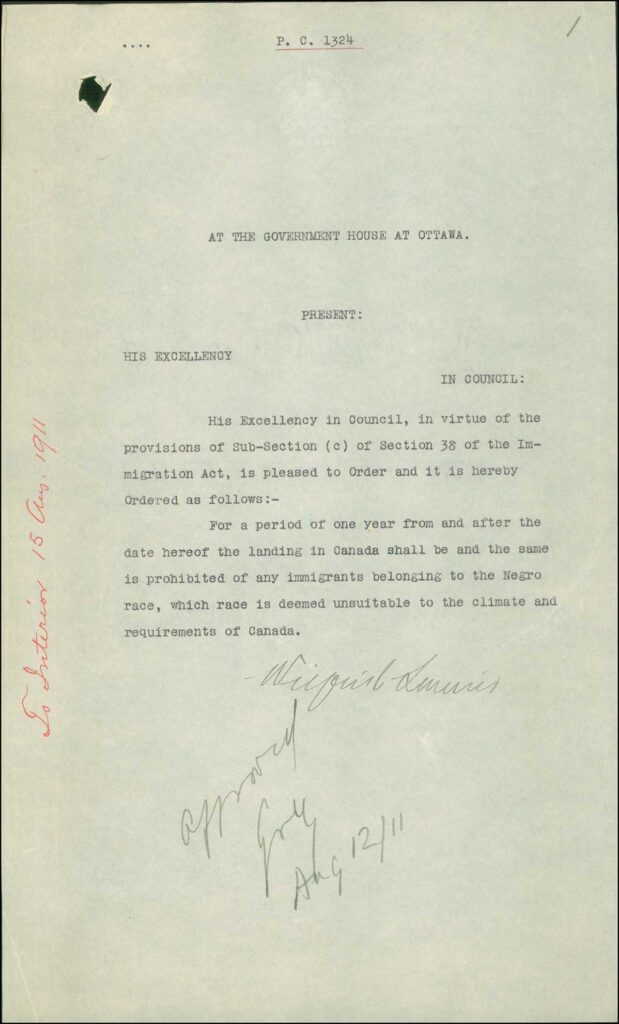
By 1911, under Prime Minister Laurier’s leadership, Canada took a stark turn by officially banning Black people from immigrating. This policy was justified by claims that Black individuals were “unsuitable to the climate and requirements of Canada,” reflecting prevailing racial prejudices rather than any empirical evidence about adaptability or contribution.
Beal Begins a New Life in Manitoba
Work in the Sawmill
Beal found his place in the lumber industry, working as a steam engineer. His expertise was crucial at mills like the Red Deer Lumber Mill. There, he became known for his hard work and innovative thinking.
He earned enough to pursue personal interests. These ranged from reading to more hands-on activities like carpentry and electronics.
Self Development Leads to Community Development
Driven by a passion for learning, he established a private collection of literature, covering a wide range of subjects from philosophy to science. He kindly shared these resources, thereby enhancing the intellectual growth of those around him.
Beyond books, Beal’s skills in carpentry and electronics benefited those around him. He crafted electric fences for local farmers, ensuring their cattle stayed safe. His knack for creating extended to furniture and toys, bringing joy to many homes.
Inventive Spirit
Perhaps most remarkable was Beal’s inventive spirit. He constructed a radio from scratch and built a telescope using just a stove pipe and soup cans.
Through these endeavors, Beal left an indelible mark on his community. His life in Manitoba wasn’t just about survival; it was about thriving and helping others do the same. In every sense, he embodied the spirit of innovation and community service.
Billy Beal’s Homestead
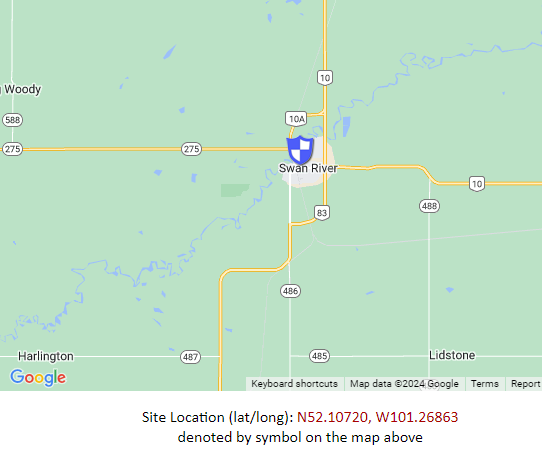
Billy Beal took a bold step in fall 1908, applying for a homestead in the Swan River Valley. This act marked a pivotal moment not only in his life but also for Black settlers across Manitoba.
He faced daunting challenges from the start. His land, located in the Big Woody district, was covered in dense forest and poor quality scrub, making farming difficult. Despite these obstacles, Beal met the homesteading requirements within three years, clearing land and planting crops on fifteen acres. Soon Billy decided to rent out his claim.
Billy Appreciation for Conservation
Judging from his memoirs, it seems he had developed more appreciation for forest conservation. He wrote about clear cut and forest removal with fire:
“These fires however always (hurt) somebody and besides it was burning up wood that would be useful for fuel and for building too. I told them they would want this wood some day. They did not realize the advantage of having a patch of woodland on every (homestead) and would have been satisfied if they could have changed the whole country into bare Prairie.”
Beal’s Photography – A Lasting Contribution
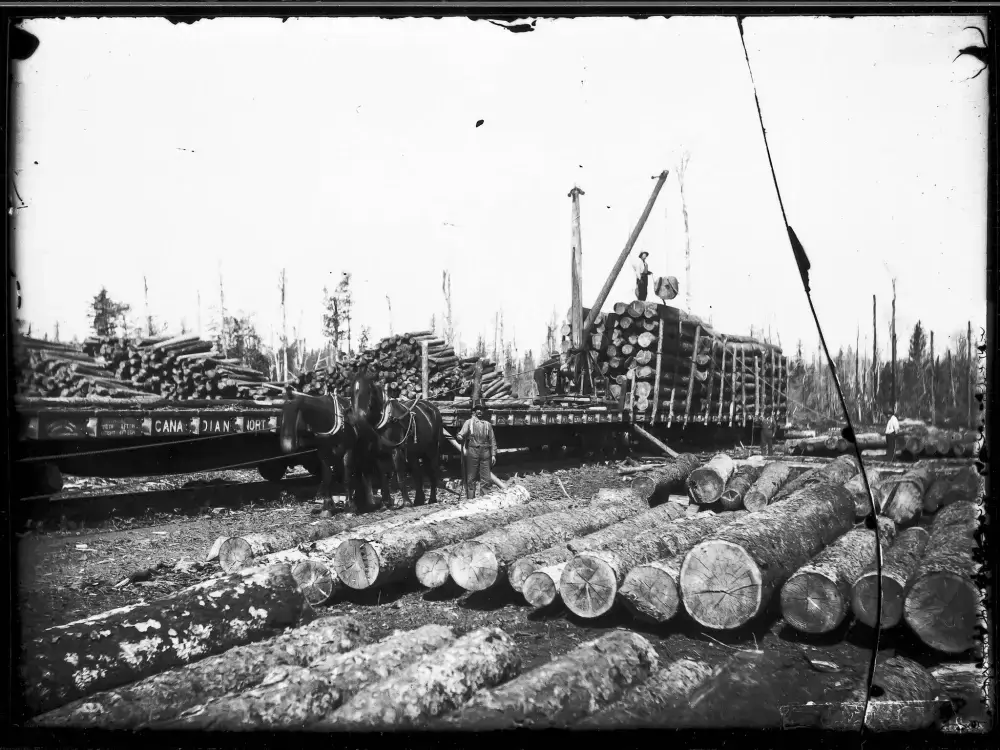
Beal embraced photography without formal training. His journey was remarkable, given the exclusionary practices of his time. He turned limitations into opportunities, mastering the craft on his own terms.
Through Beal’s lens, viewers gain insight into homesteading life. His work offers a unique lens into rural Manitoba’s early 20th century. These images serve as historical documents, capturing moments that might have otherwise been forgotten.
Today, only about 50 photographic plates of Beal’s work survive. This scarcity makes each piece incredibly valuable.
His photographs from 1915 to 1925 depict the realities and challenges of rural living. They offer a glimpse into the daily lives of Manitobans during this period. Each image tells a story of resilience and adaptation in the face of hardship. These photographs are not just images but treasures of Canadian history. They highlight the contributions of Black artists like Beal to Manitoba’s cultural heritage.
How Billy Beal Inspired Lives – His Own and Others
Community Library
Beal’s passion for knowledge was unmatched. He sent away for books on a wide range of subjects, from science to philosophy. But he didn’t keep this knowledge to himself.
He made these books available to his community, founding an informal library. This act brought valuable resources to a remote area, enriching the lives of many. Tragically, a fire in 1911 destroyed his first library, but Beal’s spirit remained unbroken.
Educational Leader
In 1912, Beal played a crucial role in founding the Big Woody School Division. For nearly four decades, he served as its secretary-treasurer.
His commitment didn’t stop there. He also helped start a debating society and literary club. These initiatives fostered education and community engagement in Swan River, proving Beal’s dedication to lifelong learning.
Medical Helper
Despite not being formally trained in medicine, Beal’s self-taught knowledge came in handy during crises like the 1918–19 flu epidemic. He assisted the local doctor and even performed dental extractions when needed.
This willingness to help, no matter the task, showcased his deep care for his neighbors’ well-being.
Beal’s Enduring Legacy
After nearly six decades in Swan River, Beal retired to The Pas where he passed away in 1965. The community remembered him not just as a photographer but as a knowledgeable gentleman who significantly impacted their lives.
His contributions went beyond photography, leaving a lasting legacy of education and community service that continued to inspire long after his death.
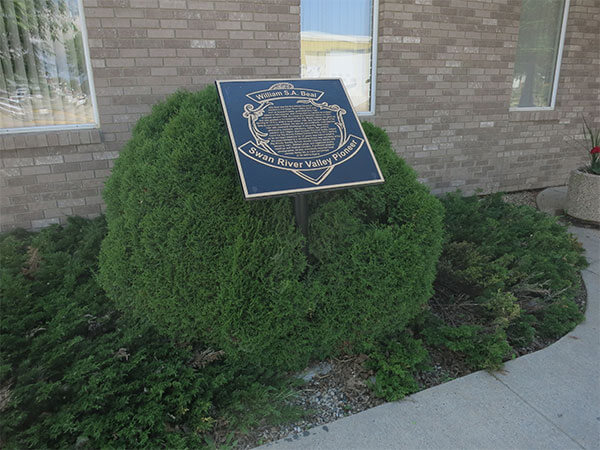
Inspiration For Immigrants and People from Divers Backgrounds To Pursue Forestry Related Careers
Billy Beal’s journey is a testament to overcoming barriers. Despite the significant hurdles posed by anti-Black racism in Canada, he didn’t let this deter his ambitions. He found a sliver of opportunity and nurtured it into something greater. This resilience is not just inspiring but serves as a blueprint for others facing similar challenges.
He didn’t wait for an invitation or seek permission. He carved out a space for himself in Manitoba’s forestry sector and photography, fields not typically associated with Black professionals at the time. His determination showcases that limitations can be transcended, no matter how insurmountable they seem.
For immigrants and individuals from diverse backgrounds, Beal’s story resonates deeply. It illustrates that success is possible even when starting from positions where societal support seems scant. His ability to cultivate opportunity from minimal resources encourages others to pursue their passions relentlessly.
His work not only improved his life but also enriched the lives of those around him. This ripple effect of positive change underscores the impact any individual, from any background can have on their community and beyond.
Billy Beal’s life teaches us to embrace our backgrounds and use them as strengths rather than seeing them as barriers. It’s a call to action for everyone to push forward, develop themselves, and contribute positively to their communities.
